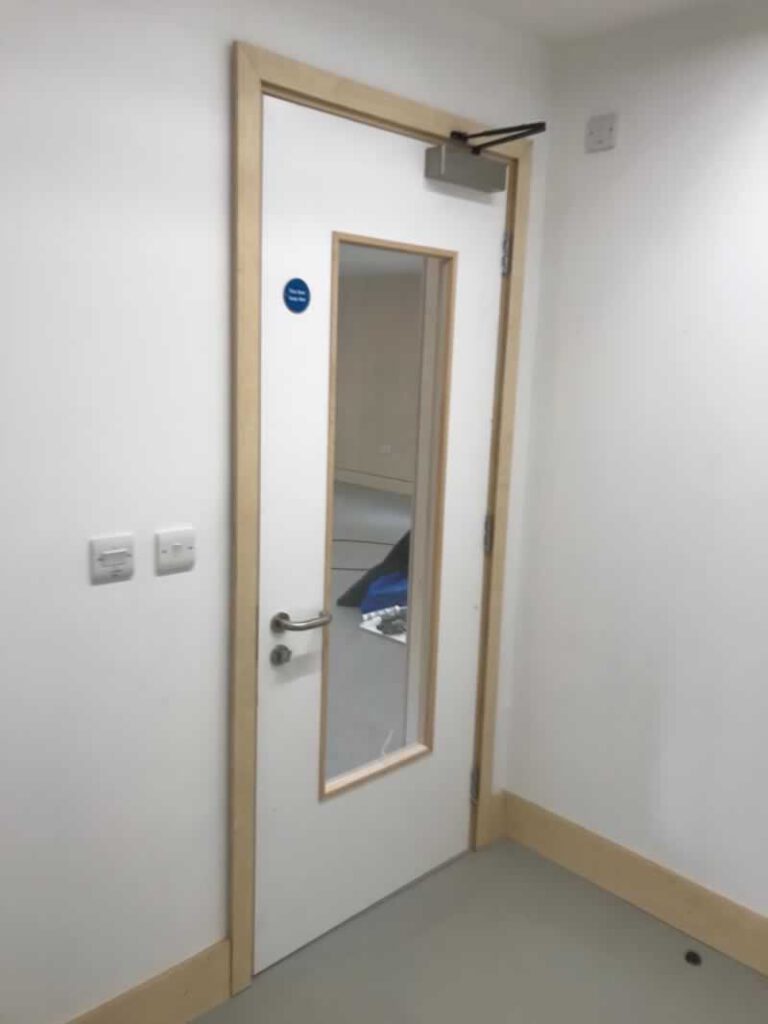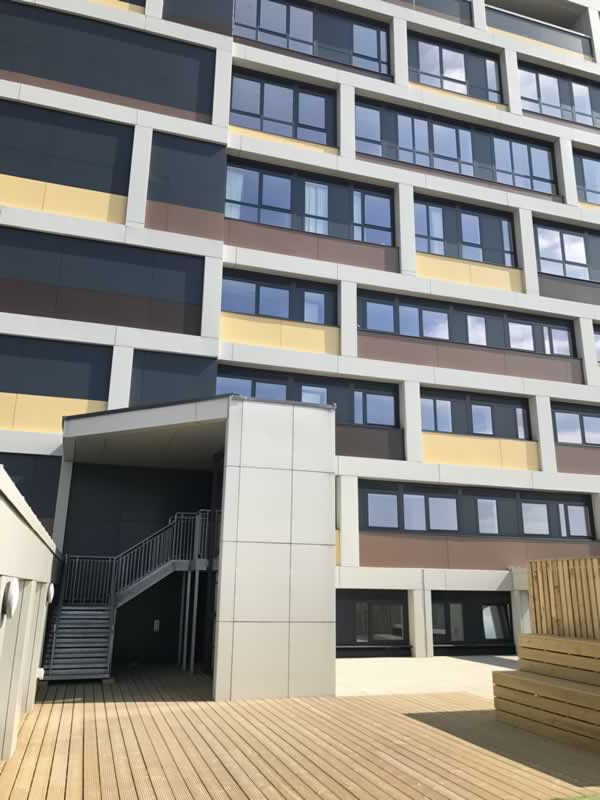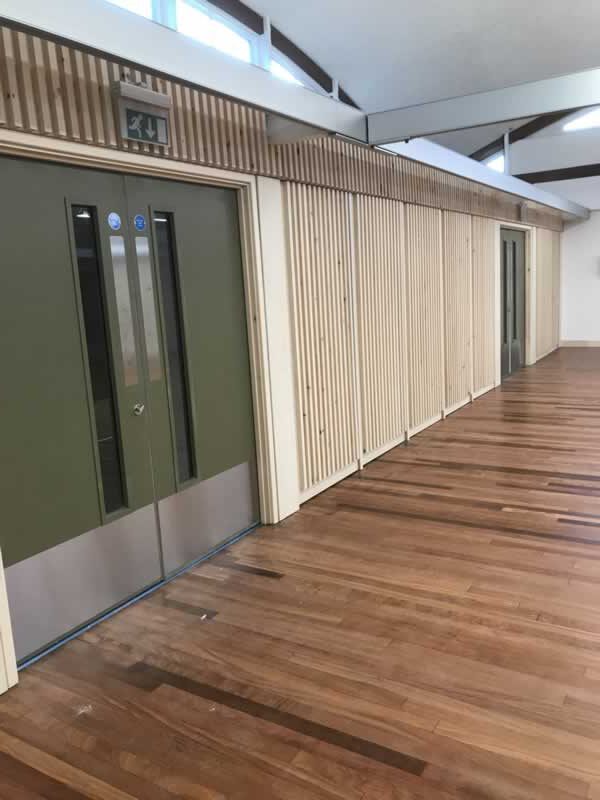Are Smoke Seals Required?

Are Smoke Seals Required? Yes… Smoke seals are recommended on doors approaching or protecting escape shafts such as stairs and corridors and where a door separates a private area from a common space such as a flat front door. ALL fire doors MUST be fitted with the appropriate seals. They are designed to expand under […]
Many types of Non-Domestic Buildings Need Fire Doors

Fire doors are required by law in many different non-domestic buildings, including the following: Schools Hospitals Flats House of Multiple Occupancy (HMO) Nursing Homes Hotels Public Buildings Offices Warehouses Entertainment Venues Factories In addition, smoke seals are recommended on doors approaching or protecting escape shafts such as stairs and corridors and where a door separates […]
Do Fire Doors Need to be in Specific Locations in Flats?

Do fire doors need to be in specific locations In flats? In residential blocks of flats, fire doors are required in the following locations: For the front door of individual flats Within individual flats to stop the spread of fire between rooms Other locations depend on the layout, use, fire risk assessment and fire plan […]
Do Large Building Developments Have Special Fire Door Requirements?

Large Building Fire Door Requirements Building Regulations specify where fire doors need to be installed in all properties covered by the legislation. They provide guidance as to the minimum building standards to be achieved in accordance with the relevant British and European Standards defining the test requirements and performance of the fire door assembly. A […]
How Do I Know If My Front Door Is A Fire Door?

A front door on a flat within a property is legally required to be a fire door in accordance with Building Regulations. The components of a fire door can be checked via the (FAQ above) The door will have an identifying certification label on the top, a minimum of three hinges and close firmly into […]
How To Identify a UK Fire Door

A blue “Fire door Keep shut” sign on a door doesn’t mean your fire door is automatically complient there are other The most reliable way to identify a fire door is to look for its certification label. The Certifire label should appear on the top edge of the door leaf stating the manufacturer’s name and […]
Types Of Fire Doors?

There are different types of fire doors, ranging from the length of fire resistance offered, typically 30 or 60 minutes, to the materials used to construct them. Fire doors classified as FD30 and FD60 identify the length of time a particular door can resist the spread of fire. Types of fire doors can be made […]
Commercial Buildings Fire Regulations?

Fire doors can prevent the spread of a fire between areas in a building and help provide a safe escape route for occupants. All non-domestic buildings are subject to the Regulatory Reform (Fire Safety) Order: 2005, otherwise known as the RRO or FSO which covers all aspects of fire safety for commercial properties. The principal regulations […]
How Do I Know My Fire Doors Are Installed Correctly?

Open the door, look at the inside of the door, the surface that touches the wall when the door is closed. Near the hinge, you should find a label and a little round yellow or blue plug with a tree shape metal insert. The metal tree will have an embossed three character number on it. […]
What is Fire Stopping?

What is “Fire Stopping” doors? Fire stopping is the sealing of any openings in order to prevent smoke, heat and fire from spreading through buildings. If the architrave around a door is removed there must be no gap and we guarantee that the gap around the door is packed with fireproof material. The materials chosen […]
